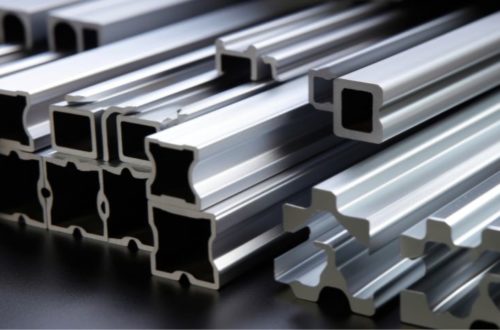10 Technologies that Changed the Way We See the World
The world has changed enormously over the centuries; a person from the early 1800s would not recognize many things today. Some changes have made the world smaller and brought people together while others have improved the quality of our lives. Here is a list of 10 technologies that have changed our world for the better.
1. Printing Press
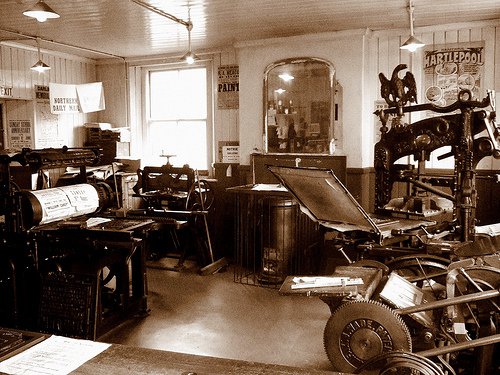
Image via Flickr by David Master.
Before the printing press, books had to be written by hand or stamped out using carved wooden blocks. Both of these methods were expensive and time-consuming. The printing press made it easier and less expensive for the masses to get books; this expanded access to knowledge and education for everyone. More books spread literacy and people could buy books about a variety of topics from religion to science and business. These books could also come from faraway lands. Without the printing press, there would be no bookstores and schools would likely be limited to the wealthy.
2. Google Earth

Image via Flickr by marcopako.
Want a high-flying view of where you live? Google Earth may be the ticket. Google Earth is a 3D application that allows you to view specific sites on the planet using satellite images and geographical programming; it was originally a CIA invention but you can now run it on your home computers. There is another application — called Tour Guide — that gives you a flyover view of places with extra data about the site. Google earth provides a pretty unique view that only pilots or astronauts would have been able to see before.
3. Social Media

Image via Flickr by Gavin Llewellyn.
Social media like Facebook, MySpace, LinkedIn, or Twitter have made a profound impact on our lives. Most adults spend some of their time online using one of the many social media sites available. We can now find lost friends, provide a running play-by-play of our everyday lives, look for true love, and even change the way we look for a job. In many ways, social media has removed the need for face time to keep in touch and has widened our horizons worldwide.
4. LASIK/Refractive Surgery
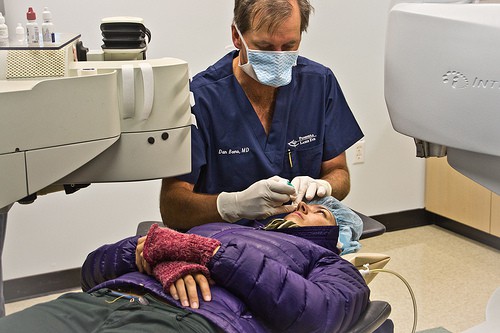
Image via Flickr by peretzp.
Don’t like wearing glasses or contact lenses? For many people, LASIK or other types of refractive surgery removed the need for these devices. These surgeries can correct vision in people with nearsightedness, farsightedness, and astigmatism — often completely eliminating the need for glasses. As the technology advances, even people in their 40s and 50s may be candidates for surgery. This technology gives participants the option to change their status quo and improve their self-esteem.
5. The Internet
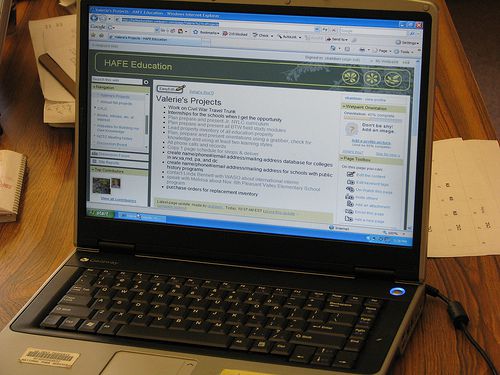
Image via Flickr by npslibrarian.
For people who were not alive before the Internet, life without the ubiquitous service is almost impossible to fathom. No emails? No music streaming? Going to the video store instead or downloading a movie? Having a 26 volume set of encyclopedias to do research or get other information? The Internet is among the biggest technological advances of the last 50 years and it seems that there is no end in sight. Every day, new applications and new functions hit the net; the Internet will continue to affect everything in our society.
6. Smart Phones
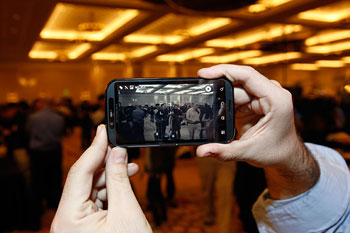
Image via Flickr by Phile Roeder.
In the 20th century, smart phones have changed the way we communicate. But our phones now do more than that; if we get lost, we look at our phones for help. We use applications to make on-the-fly reservations, check our weight loss, or turn the lights on at home. We even make quick videos of our families’ lives to share online. We can even show business presentations. Improvements in technology have made cell phones small and powerful and will only continue to give us more ways to communicate and more ways to feed our need for instant gratification.
7. Semiconductors
![]()
Image via Flickr by mecredis.
Semiconductors which are used in electrical circuits are the reason that we get to have many of the toys that we do today. The development of these little devices made items like computers, DVDs, radios, multimedia Android tablets, and video games possible. Semiconductors also have played a role in the improvement of medical diagnosis and care as well. As these devices get smaller and more powerful, the gadgets that they power will continue to do the same.
8. Telescopes
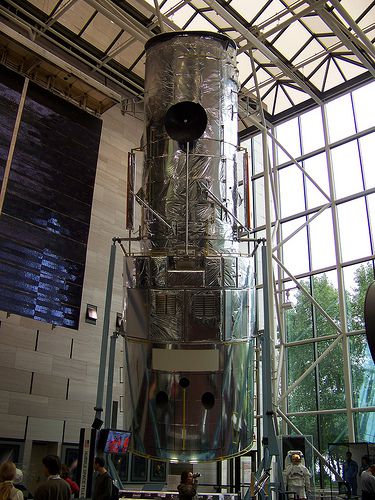
Image via Flickr by pschultz.
In 1609, Galileo used a telescope to get a view of the landscape of the moon. Now there are telescopes in the sky that look at distant galaxies, stars, planets, and perhaps extraterrestrial life itself. The government is not the only entity that can use a telescope; people can buy personal telescopes to study the night sky as well. This instrument has given us a tool to look at outer space and figure out if we are really alone out here.
9. Satellites
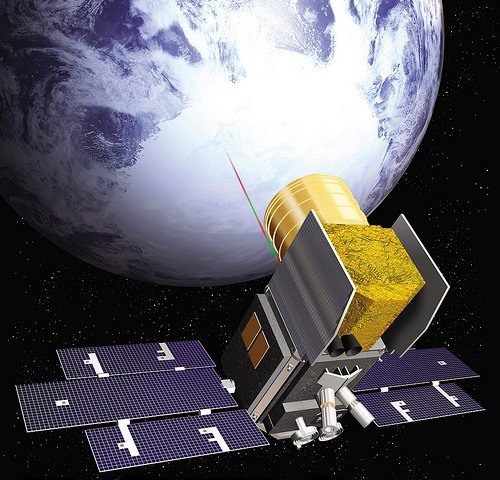
Image via Flickr by NASA Goddard Photo and Video.
When you think of satellites, you may think of satellite television which brings channels from all over the world to your television. But that is not the only way that satellites have affected our lives; satellites bring us weather and storm information, allow us to communicate with other people, and help us find locations when we are lost. Without satellites, our society would be vastly different today.
10. Cataract Surgery and Intraocular Lenses
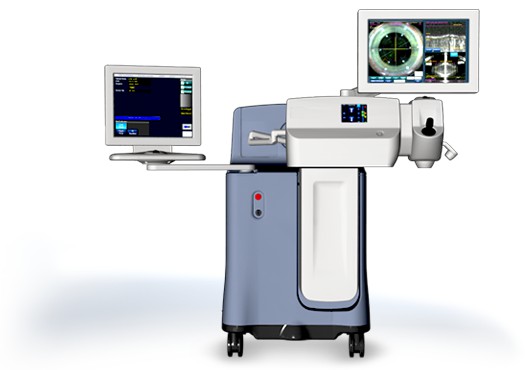
Image via Flickr by peretzp.
If you developed a cataract 300 hundred years ago, there was a good chance that you would never see well again. However, in the 1960s, surgeons began using ultrasound to remove cataracts and would place artificial lenses into the eye to help you see again. Now surgeons can perform this surgery using a laser — called a femtosecond laser — to help get the cloudy lenses out. In addition, some artificial lenses can adjust depending on what you are looking at! The combined technologies of cataract surgery and intraocular lenses have truly affected the way we see.
Conclusion
There have been many technological advances that did not make this list; you might think that light bulbs or airplanes played a larger role in changing our world. Whatever your view, it is impossible to deny that these 10 advances have made our lives richer, safer, and more convenient.
References:
- https://www.allaboutvision.com/conditions/iols.htm
- https://web.archive.org/web/20031007040909/https://www.nasa.gov/audience/forstudents/9-12/features/telescope_feature_912.html
Would you like to receive similar articles by email?



